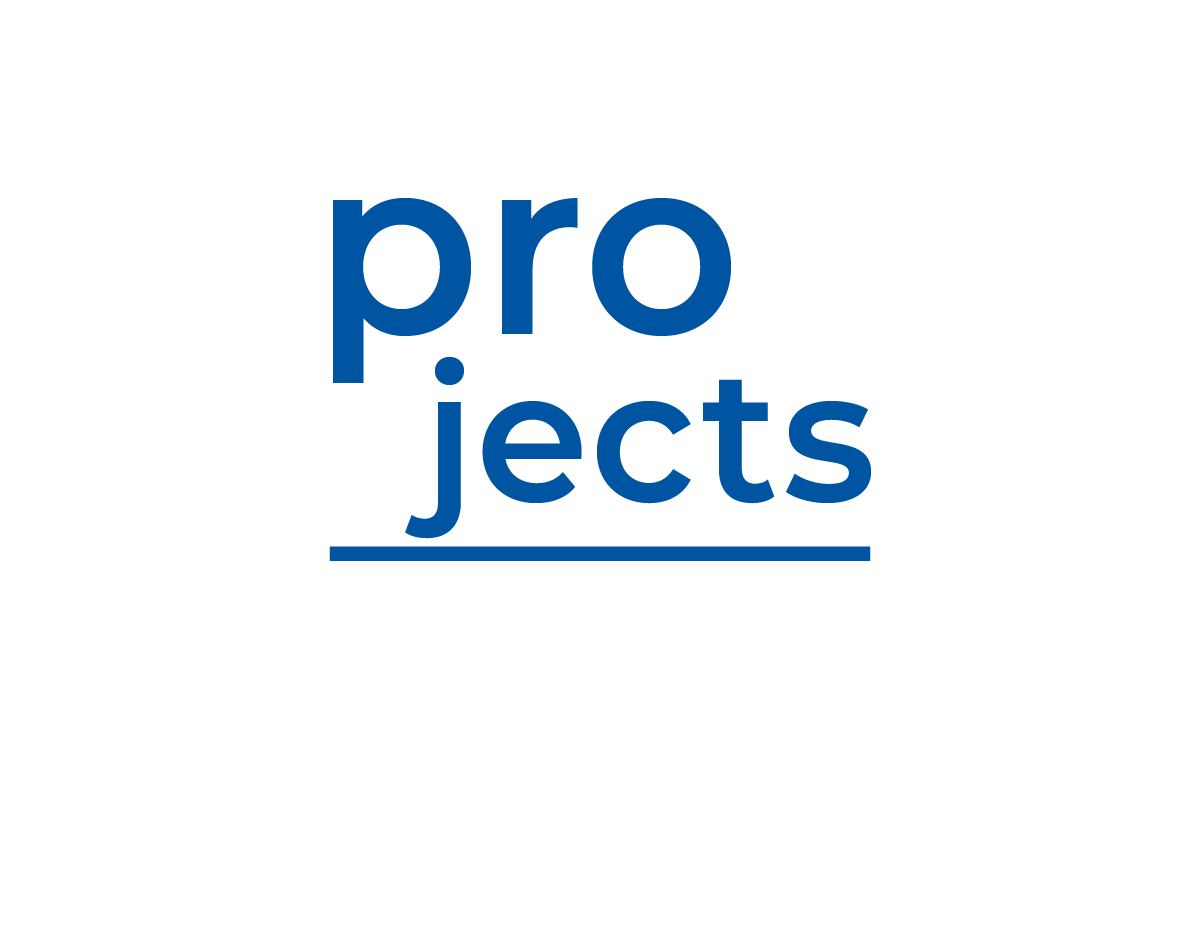As the first projects in the Programme are starting implementation, we would like to remind their partners of the basic responsibilities regarding the promotion and visibility of projects.
These are described in several documents:
- REGULATION (EU) 2021/1060 OF THE EUROPEAN PARLIAMENT AND OF THE COUNCIL of 24 June 2021 laying down common provisions on the European Regional Development Fund, the European Social Fund Plus, the Cohesion Fund, the Just Transition Fund and the European Maritime, Fisheries and Aquaculture Fund and financial rules for those and for the Asylum, Migration and Integration Fund, the Internal Security Fund and the Instrument for Financial Support for Border Management and Visa Policy – Art. 47 and 50
- REGULATION (EU) 2021/1059 OF THE EUROPEAN PARLIAMENT AND OF THE COUNCIL of 24 June 2021 on specific provisions for the European territorial cooperation goal (Interreg) supported by the European Regional Development Fund and external financing instrument – Art. 36
- Interreg Brand Design Manual
- Grant Contract – § 15
- LIP Application and Implementation Manual – Annex 3b
- Programme Manual – regular projects. Part 1 – application – Chapter 11 and Annex 4
For your convenience, we have launched a new tab ‘Communication and Visibility’ on the Programme website, where we provide materials on how to properly communicate and present projects.
You can already find there:
- logotypes – ready-to-use versions of the Interreg NEXT Programme Poland – Ukraine 2021-2027 logotype in various formats, prepared to fit a wide range of needs – from print to use in a digital environment;
- Brand Design Manual – a document that provides guidelines on the use of the logotype, typography, colours and other visual elements of our logo. The Brand Book is the key to maintaining visual coherence and strengthening the recognisability of the PL-UA Programme;
- Communication Guide for Project Partners, which is Annex 4 to the Programme Manual. It contains a set of recommendations and best practices on project-related communication.
We encourage you to read these materials. We hope that you will find them helpful and that they will contribute to building a coherent image of the PL-UA Programme, which is very important for us.
